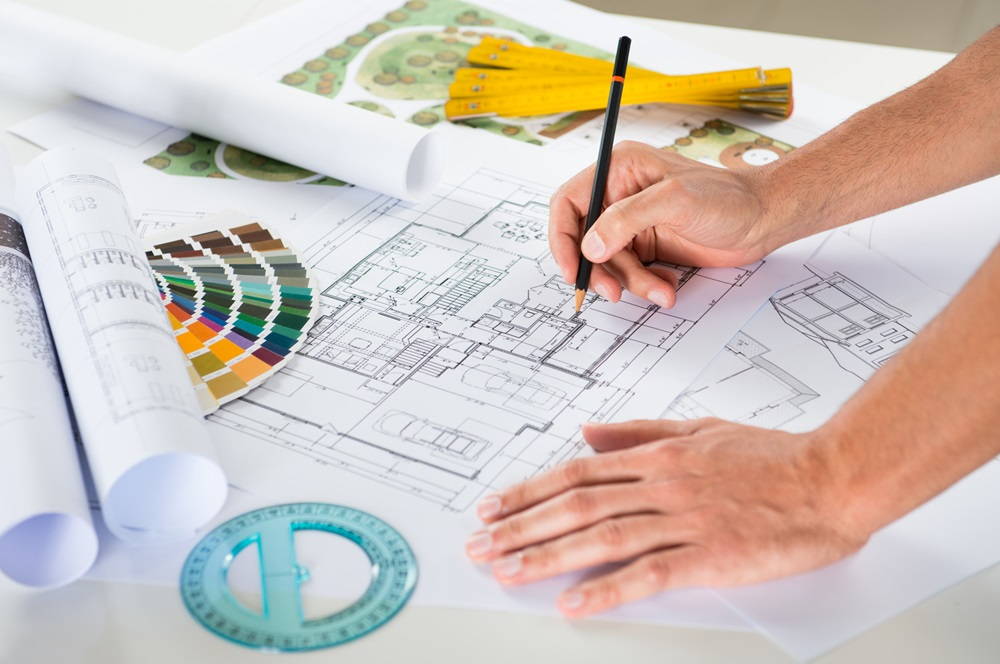When the need for space arises in businesses, the owners or managers can choose to build permanent new structures or erect temporary buildings. The good news is that there are temporary structures available for almost all uses. These uses include hospital facilities, schools, retail establishments, and warehouses, etc.
You may require planning permission for temporary buildings from the local authorities in some cases, but you do not need it in others. Therefore, it is vital to know the circumstances in which you need planning permission and those where you do not need it regarding temporary structures.
Cases in which you need planning permission for temporary buildings
No matter the kind of structure you are erecting, you need to know the planning requirements for temporary buildings in your area. The best approach is to hire a temporary structure expert, to help you adhere to the planning permission procedures, and assist with successful planning applications where necessary.
In the UK, you need temporary structures planning permission:
- If you intend to use your new temporary building continually for over 28 days and/or it exceeds 100 m2 in floor space, you have to apply for planning permission from your local authority
- If the new temporary structure will occupy more than 25% of the site area
- If planned extensions to your factory or warehouse, the extensions are bigger than 25% of the original building. Similarly, you need to obtain planning permission if the extension significantly reduces the available parking or space for turning of vehicles
- If the temporary building will be closer than 5 metres to your site’s boundary
Instances where you do not need temporary structures planning permission
It is not always necessary to gain planning approval for temporary buildings. In the UK, you can erect temporary structures without seeking approval:
- If the building is to be in use for not more than one month or, to be precise, for a period not exceeding 28 days. These structures include temporary exhibition tents and those for emergency responses
- If the extension is shorter than the original building
- If the extension is less than a quarter of the original structure’s size by volume
- If the temporary structure is directly relevant to the purpose of the original building
Working with Experts in Planning for Temporary Buildings
Since the application for permission for temporary structures can be complex, you need to consider working with professional temporary building solution providers such as Smart-Space. The best thing about working with professional service providers is that they have extensive experience and will ensure your project is in line with the local authority’s guidelines to avoid rejection.
In addition, their experts help to save time when processing applications and save you the disappointments of a rejected application. By using their experience and expertise, they can make fast and error-free applications. Consequently, your temporary structure project will remain on schedule, benefiting your business. Also, you avoid the hassle involved and can use the time to focus on your core business and other crucial matters.
Timing of Application for Temporary Building Planning
The leading temporary building company, Smart-Space, recommends their customers make planning applications before buying or installing their temporary structures. It helps to allow yourself as much time as possible to avoid any problems with your local authorities as you make applications.
However, due to the lengthy time taken with the planning permission application — sometimes 8 to 12 weeks-there can be problems if the users need the structures urgently. In such cases, the businesses or organizations choose to erect the temporary structures with no planning permission and seek it retrospectively. You can acquire retrospective planning permission if you can prove a case that the building is needed urgently, or as an emergency response.
In the majority of the genuine cases, the local authority grant retrospective permission without any problems. Unfortunately, if the local authorities do not approve your application, they will require you to return the site to its original state by removing your non-permanent structure. And if you do not comply, it could lead to enforcement action against you.
Bottom Line
You need to plan properly for temporary buildings by seeking approval from your local authority if you intend to use the temporary structures for a period exceeding 28 days or if the building is bigger than 100 m2. To have an easier time, you should work with experts to make the applications, but you can still do it yourself.

Problem solver. Incurable bacon specialist. Falls down a lot. Coffee maven. Communicator.



